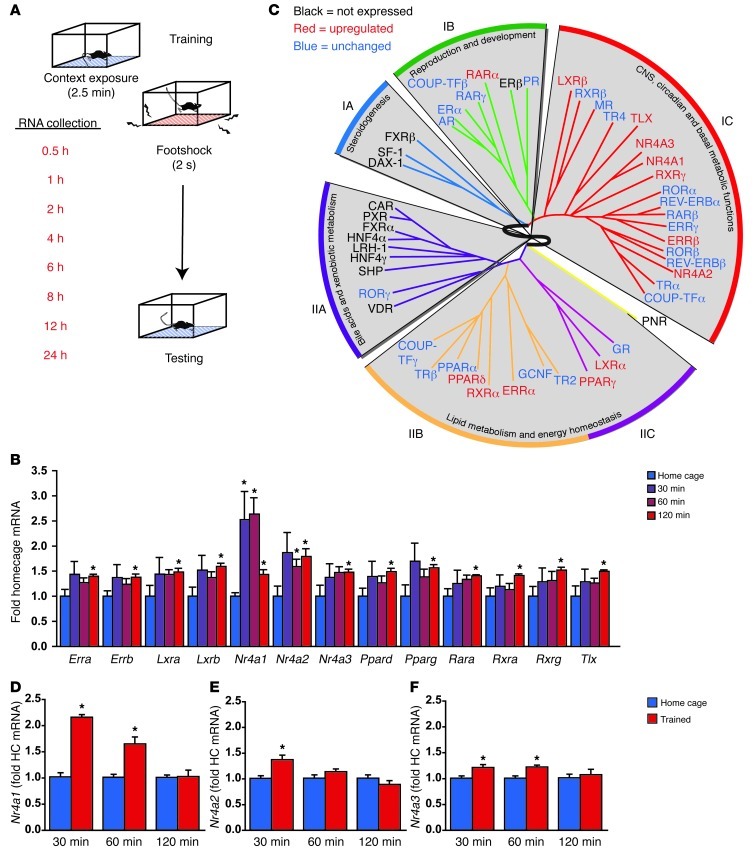Figure 1. The formation of contextual fear memories induces expression of NR genes in the hippocampus.
(A) Contextual fear conditioning produces a long-lasting memory for the training context and the association of this context with a mild foot-shock. RNA was collected from whole hippocampi at multiple time points after training to survey the impact of training on NR gene expression using a standard ΔΔCT approach. (B) High-throughput qPCR data are illustrated for the 13 NR genes with statistically significant changes in gene expression during the first 2 hours after training, the window in which the majority of changes were observed. (C) The data from this screen indicate that 13 NRs have increased expression in the hippocampus within the first 2 hours after training (red), whereas 13 NRs are not appreciably expressed in the hippocampus (black). The remaining 23 NRs (blue) show no evidence of altered hippocampal expression in the first 2 hours after training. Expression changes are illustrated within clusters defined by anatomical expression profiling (IA, IB, IC, IIA, IIB, IIC) in a diagram modified with permission from Cell; ref. 17. (D) Nr4a1 expression is potently induced in the first hour after learning (P < 0.001). (E) Nr4a2 expression increases after fear conditioning (P = 0.033). (F) Nr4a3 expression increases after fear conditioning (P = 0.004). HC, home cage. Error bars represent SEM. *P < 0.05. See also Supplemental Figure 1.

